I have not been feeling the cooking love lately...at all, but I have a house full of company coming later this week, so my kitchen and I will be getting reacquainted very soon.
But enough about me, let's talk about you. Have you had your camera out?
Have you been shooting in manual mode?
Yes? Good.
Many, many different factors come into play when taking pictures in manual mode, and today we're going to talk about two of the biggies. At least they're biggies in my book.
Aperture and shutter speed.
Instead of fumbling my way through an explanation of the two, I am going to pass the buck in a very big way. The Pioneer Woman does an amazing job explaining both aperture and shutter speed in the photography section of her world famous blog, and I could not possibly say it any better than she already has. She's titled the four part series, "What the Heck is an Aperture", and it is well worth your time to pop on over and read all four parts.
Go ahead, I'll wait right here.
Waiting.
Okay, you're back? Good.
Did you also read "What the Heck is an Aperture, Part Two?" Because you really should. And Part Three? How about Part Four?
Just making sure.
Do you totally understand aperture and shutter speed now? Yes? Awesome!
If not, you're in very good company. Bookmark those posts and read them again. Then play with your camera and come back and read them again.
I took these pictures with my 50mm f1.4 lens, and hopefully they will demonstrate how aperture and shutter speed work together.
I started with my aperture wide open....f1.4. That gives us a very shallow depth of field - you can see that only the flower and a narrow stripe on the table are in focus, and it's hard to tell just what the rest of the objects in the photo even are. That wide aperture also lets in a lot of light, so we need to have a very fast shutter speed or we'll end up with an overexposed photo.
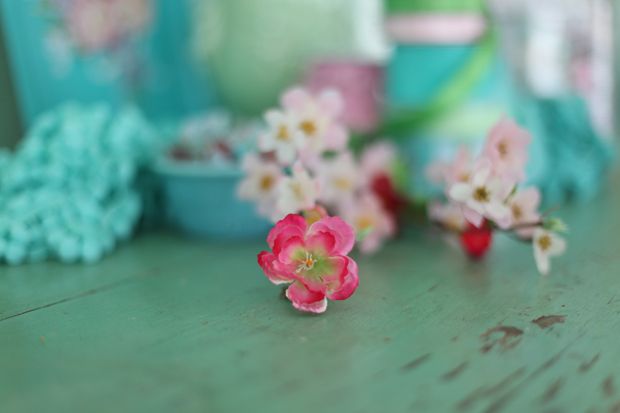
Now I'm going to start closing down my aperture, (remember that the bigger the number gets, the smaller the opening - 2.2 is a smaller opening than 1.4. I know, it seems backward), which will let in less light than before, so to make up for the smaller aperture opening, I'm going to slow down my shutter speed, which will let in more light.
At an aperture of 2.2, everything but the flower is still pretty blurry.
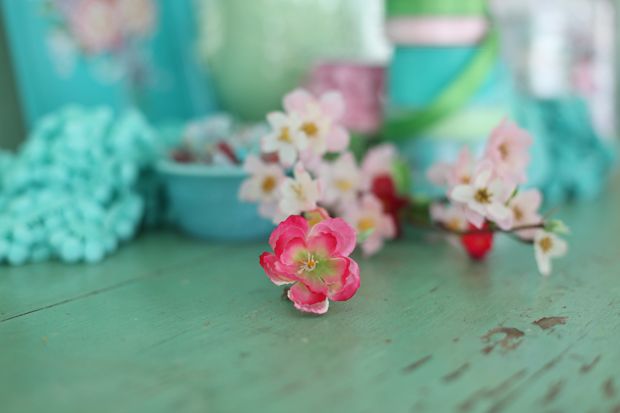
At 4.5 things are starting to come into focus.
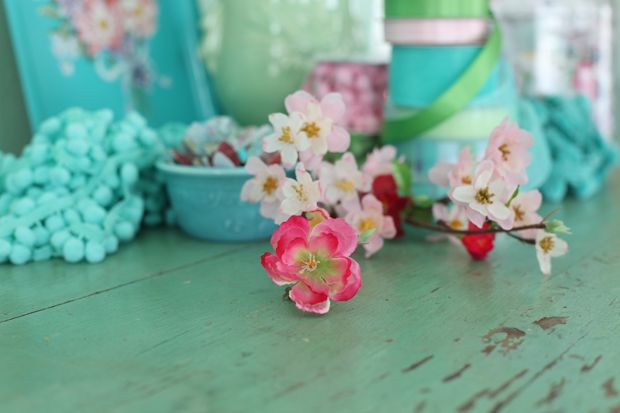
The aperture keeps getting smaller, and at this point my shutter speed is getting very slow in order to let in enough light. I used my tripod for all of these shots, but if I was hand holding my camera, things would be getting pretty blurry by now.
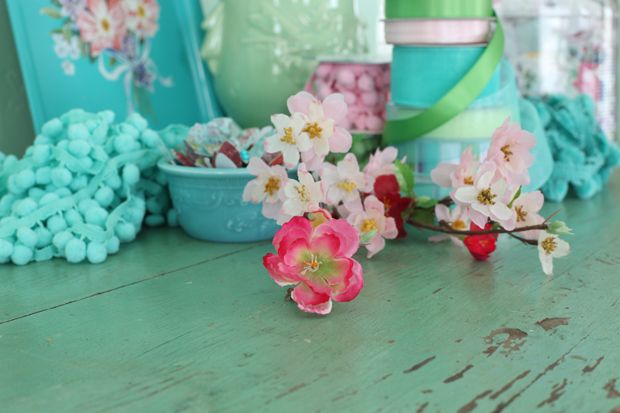
Now my aperture is as small as it can go.
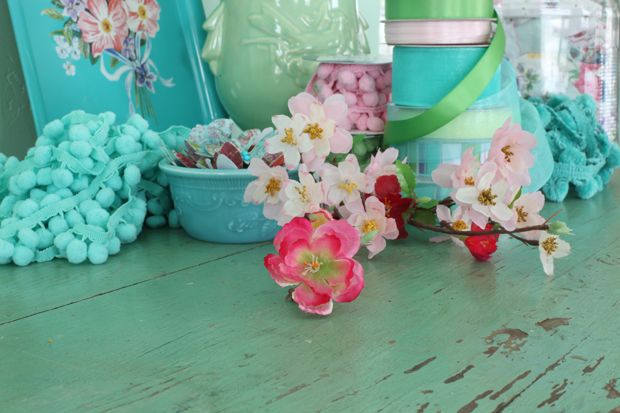
Side by side, the range is pretty impressive.
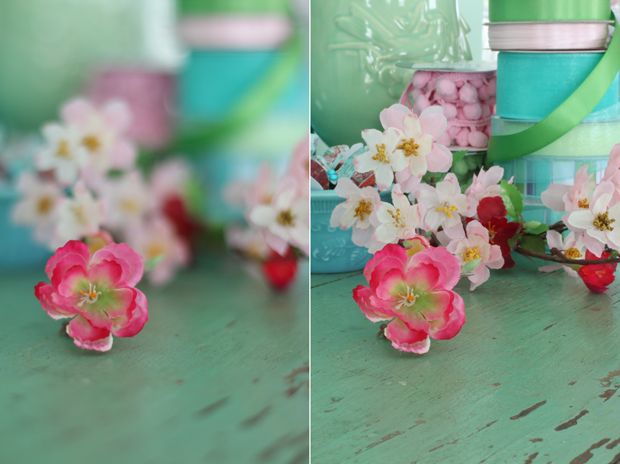
Now, if that doesn't leave you with more questions than answers, I don't know what will!
I encourage you to do this exercise yourself. I am a hands on learner. I can read something over and over, but it doesn't usually click until I put it into practice for myself. This will help you see how aperture and shutter speed work together. Start with the widest aperture your lens is capable of (different lenses have different aperture ranges), and take it from there. Keep in mind that your shutter speeds will vary from mine depending on your lighting conditions.
I'll leave you with a couple quick tips.
Experiment to find the slowest shutter speed you are comfortable using while hand holding your camera.....and don't go below it. Many, many times in my early days I would get caught up in shooting and forget to keep an eye on my shutter speed. You may not see the blur on your camera screen, but you will see it when you load your photos on your computer. It doesn't matter if you've got the best composition or you've captured the most precious moment, if your picture is blurry, you will be sad.
Moving subjects need a faster shutter speed than stationary subjects. ( I know that seems like a given....but it wasn't for me.)
Many of you have asked how to achieve a dreamy, blurry look to your photos. As these pictures show, it's the wider apertures that give you the pretty background (and foreground) blur. (Also known as bokeh.) Experiment with your f-stops (aperture) to see just how much blur you like for your own shots.
Remember.....practice and read.
Get out your fake spring flowers and make them model for you.
Google and read and practice.
Borrow your neighbor's children and make them model for you.
Read, practice, read, practice.
Rinse and repeat - and have yourself a little bit of fun while you're at it!



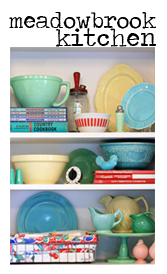

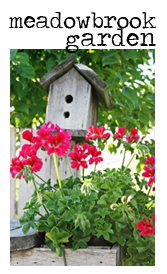

love it...thank you
ReplyDeleteGreat explanation with the accompanying example photos. I'm just starting out in manual and trying to figure it all out.
ReplyDeleteJust found your blog and I love it!! Hubby and I are also thinking of trading our surburbia for a small farm in the country (actually an old plantation but same difference). Your gardens are enviable...I'll definitely be a regular reader. Thanks!
Great explanation of aperture girl. Thought of you and your signature blue color when picking a color for Maddie's bed :)
ReplyDeleteGreat explanations of a hard to explain subject! I know you're helping a LOT of people out there - and we all get to enjoy your gorgeous photos!
ReplyDeleteI need to practice! Thanks for the tips. I always use auto mode and have found its not the best. Tried using a new zoom lens at a Bull and Cattle show this weekend and kept getting blurry photos.
ReplyDeleteOh, I read PW's posts back when I had a point and shoot. I haven't revisited them in a while. Thanks for the reminder. The book is starting to make a little more sense. I think the hardest part is learning the controls of my camera!! Now that we're well I'll have to practice more.
ReplyDeleteGosh, what great visual aids! :) Ok, I did have to bookmark PW posts because there's sooo much information there. I have to absorb things gradually, especially when it's all new. Thanks, Teresa! Hope your cooking love returns soon-- I just made another pot of your yummy chicken noodle soup. Nothing like a little velveeta to cozy up to!
ReplyDeleteThat was so educational!
ReplyDeleteThanks for helping us with this...some day I will get a fancy shmancy camera and play with it until I get it...I am so envious of you girls who take such beautiful shots! I love seeing them all!
ReplyDeleteThanks for your great visual explanations of such a difficult subject. I still have a point and shoot but I am absorbing all of your wonderful tips. Really looking at camera ads, too.
ReplyDeleteI haven't read the pioneer woman's posts yet, but I'm gonna when I have some more time! I really need to get my manual out & just read through it! I want to start shooting in manual mode, but I'm scared! Your photography totally inspires me though, so I am gonna do it!!
ReplyDeleteOn a side note, we are having a fabulous giveaway on our blog!! You should come check it out!
I really enjoy these post of yours. One day, when I get a "big girl" camera a feel like I'll have a head start.
ReplyDeleteI love the vivid blues and pinks in your photos. I even thought it was pretty blurry! Thanks for sharing the valuable info!
ReplyDeleteBlessings,
Olivia
I like a little bit of blurry.
ReplyDeleteThanks for the homework! :)
Teresa, I love your instructions. As soon as I have more than 5 spare minutes at a time, I will practice. Thank you for doing this in plain language. I am doing lots of cooking though, wish you could join us : )
ReplyDeleteJulie
After eight weeks
ReplyDeleteof class, it's finally
starting to sink in,
but I WILL visit the PW
to see what she has to
say about it : ) Your
instructions make aperture
very clear {which is funny,
since I actually think of
blur when I think of aperture!}.
And you are right....practice,
practice, practice. Have
fun with your company ~ and
your stove!!
xx Suzanne
Thanks for this post...I still don't "get it" will will keep trying...so admire your wonderful photo work!!!
ReplyDeleteI've been playing with my camera and here is what I know for sure. I need a new camera and until then I need to quit trying to run with the big dogs. I will save myself the frustration for now. I will be back for more advice when I get my big girl toy.
ReplyDeleteI'm w/Jen. How can I be afraid to handle a big camera when I'm bold as brass w/big horses? I need to buy, read n play. Uh huh. I really should start. Really. But I'm scerrred! You DID make it super clear w/your blurry n not pretty pics... I appreciate the side by side a LOT! I AM reading your every word. I WILL buy a big girl camera. Jen just has to go first!
ReplyDeletehugs,
Leslie
Oops - Blurry and Not (BLURRY), but ALWAYS PRETTY. You got it? Good. I'd hate to offend my guru! It's just my grammar n punctuation that's offensive. Not my thoughts. Sorry!
ReplyDeleteWonderful pics!! I have to admit I haven’t had a chance to try yet --but I’m going to. It’s been so gloomy here I don’t have anything motivating me to take pictures. Ugh! I’m going to read the aperture posts :)
ReplyDeleteThe side-by-side comparison is beautiful and very convincing! I have never tried bracketing aperture. Interesting!
ReplyDelete